Bleak midwinter? We don’t think so. On frosty winter days the lighting is beautifully soft, and animals are focused on finding food and keeping warm – even normally secretive species venture out into the open, while bird flocks perform spectacular massed manoeuvres.
All illustrations by Holly Exley.
Wildlife to see in winter in the UK
Mountain hare and ptarmigan
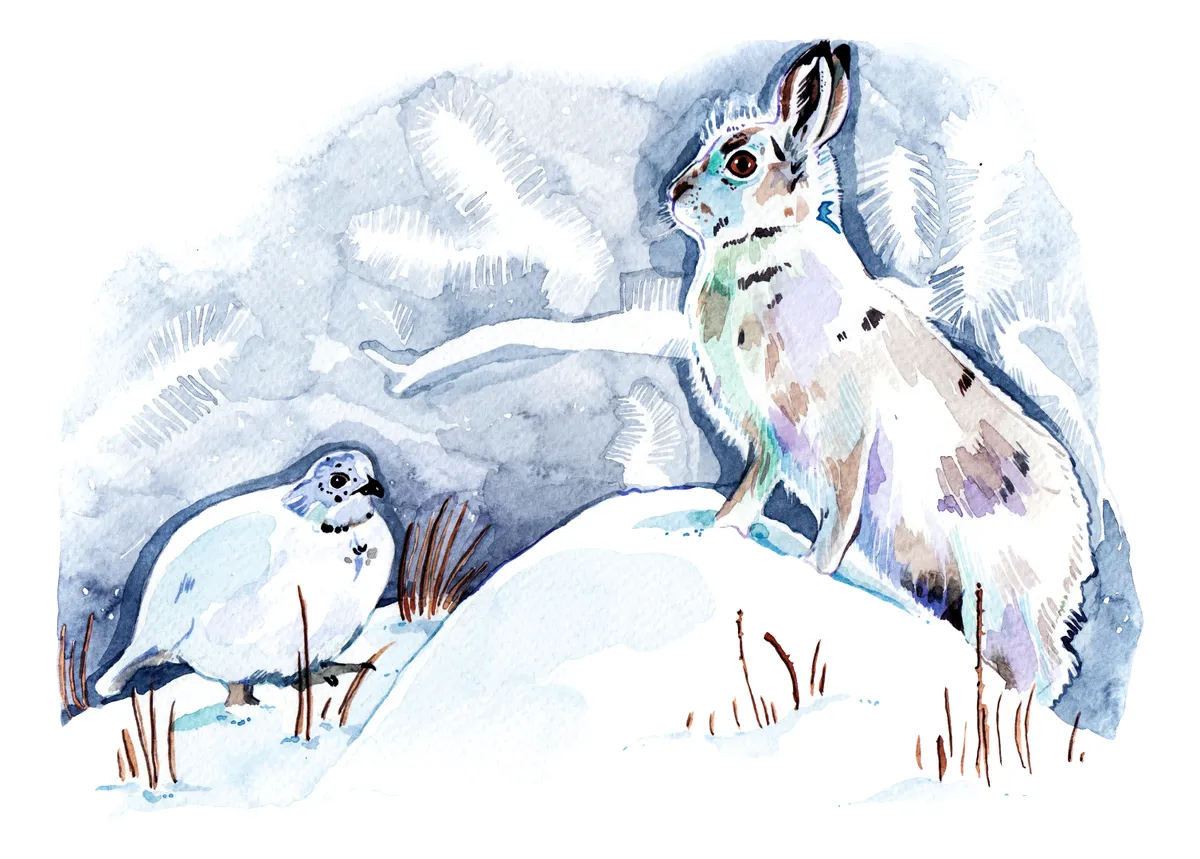
Where: North-east Highlands, Scotland
Two of our toughest upland residents, the mountain hare and ptarmigan, look resplendent in their all-white winter dress, but locating these masters of disguise in snowy conditions can be a challenge.
For mountain hares, head north from Aviemore on the A9 and at Tomatin turn off into the Findhorn Valley, also known as Strath Dearn.
At the end of the public road is a car park, from where you should scan the surrounding slopes for hares: early morning and late afternoon are best. Golden eagles, their main predator, are also regular here, so keep glancing skywards.
To see ptarmigan in their winter whites, you need a degree of luck. Groups of these hardy grouse frequent most high tops in the Cairngorms massif, including near the aptly named Ptarmigan Restaurant located on the summit of Cairn Gorm itself.
In winter the hike up is not recommended for inexperienced hill walkers, but in heavy snow the birds move downslope and can be seen around the car park at the foot of the mountain railway.
Bitterns
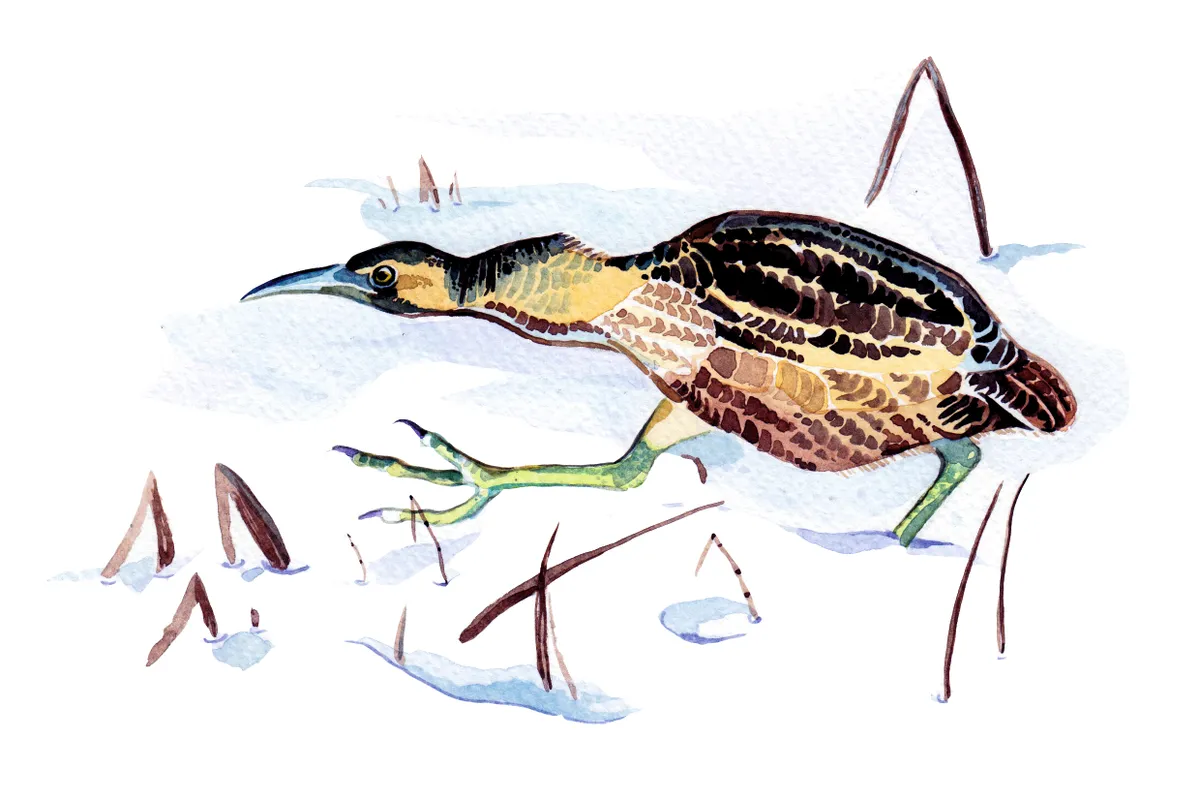
Where: River Lee Country Park, Essex
Unlikely as it sounds, some former gravel pits just 25 minutes by train from London Liverpool Street have become a winter hotspot for some of the most elusive birds in the country.
The flooded pits at River Lee Country Park teem with the small fish that are the main prey of bitterns, traditionally known as fen tigers.
These beautifully camouflaged herons spend most of their time skulking in reeds, but here you have a fair chance of spotting them in the open.
Arrive at the Bittern Information Point at Fishers Green by 3pm to bag a space in the popular lakeside hide. Up to five bitterns fly in before dusk to roost in the small reedbed in front of the hide, and can often be glimpsed stalking the shallows before vanishing into the reeds. Look out for water rails here, too.
Murmurating starlings
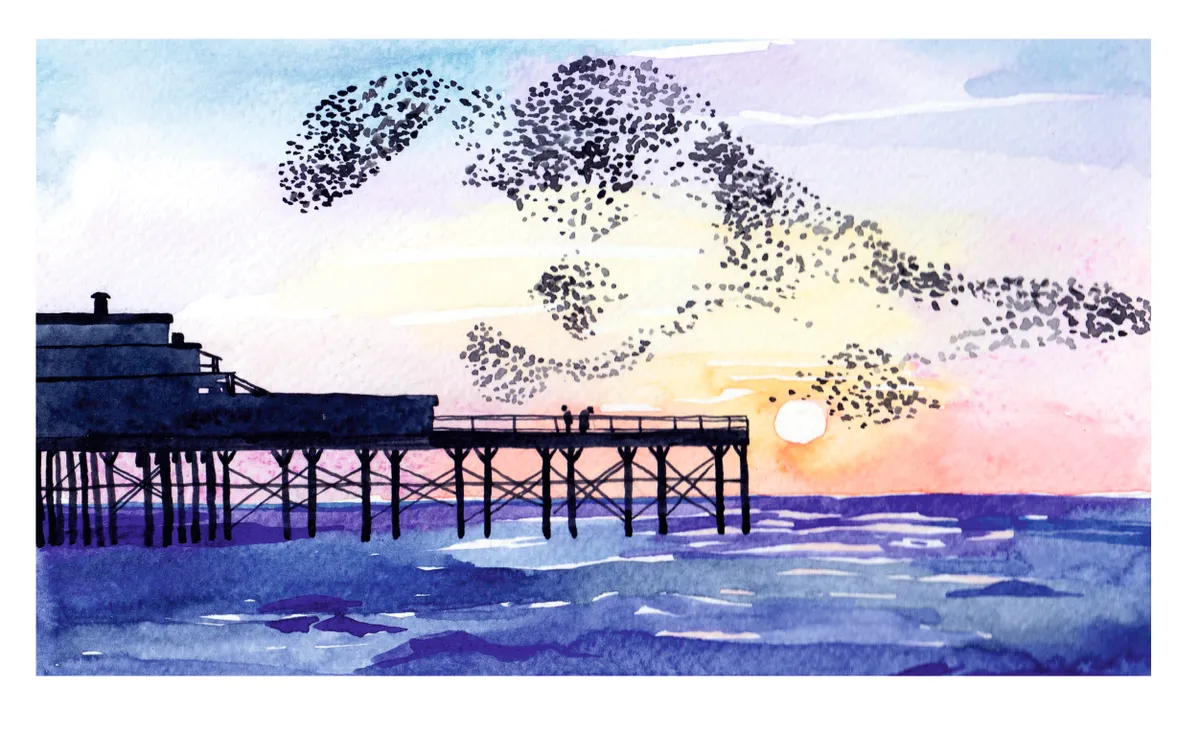
Where: Aberystwyth Pier, Ceredigion, Wales
At this time of year, starlings stage unforgettable aerobatic displays of breathtaking synchronicity: they twist and turn in dense flocks, tracing constantly changing shapes against the flaming orange or pink sky. To watch the spectacle, you just need to pick the right evening.
Each winter, the Royal Pier at Aberystwyth hosts roosts of up to 20,000 starlings; most are probably not Welsh breeders, but migrants fleeing colder climes in Scandinavia and the Baltic. What makes this gathering – and a similar one in Brighton – different from reedbed roosts is that the birds perform against a seascape, and sleep on the pier’s iron girders.
Peer over the railings to watch the birds gossiping and jostling for the best spots (you’ll also experience the roost’s unique smell). Or, says photographer Ben Andrew, take refuge in the pier’s pub and watch the aerial display through the window. Visit on a cold, clear, calm evening; in windy or cloudy conditions, the starlings’ performance is short-lived.
Short-eared owls
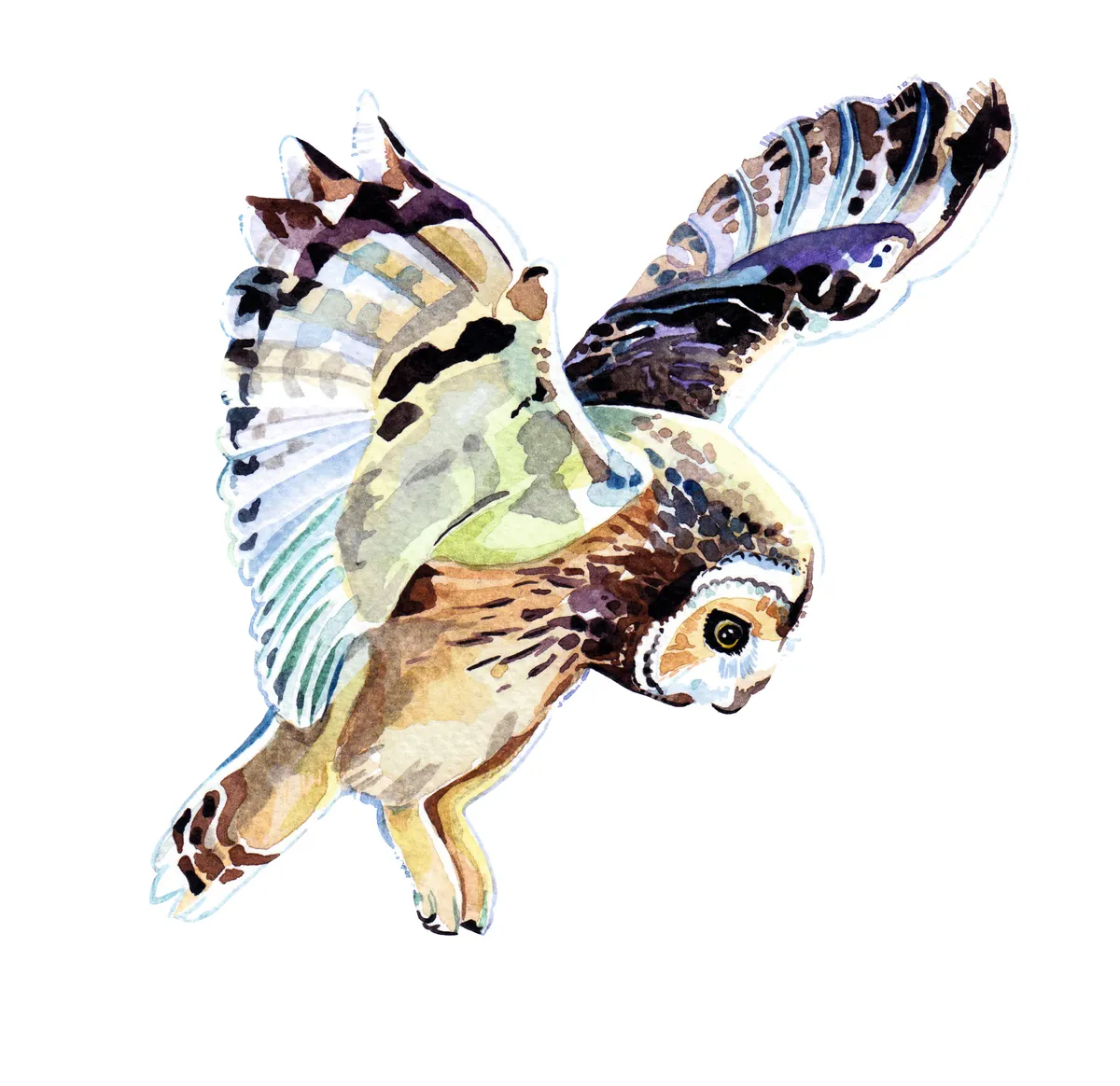
Where: Aust Warth, Severn Estuary
Patrolling with slow, relaxed wingbeats, a short-eared owl exudes an effortless grace that belies its ruthless potency as a hunter; when it spies a vole or mouse in the grass, it will plummet like a dropped stone to capture its prey.
To see these elegant, long-winged owls, seek out the tussocky grassland where rodents thrive: coastal pasture and saltmarsh are ideal. A reliable site is the ungrazed field on the English shore of the River Severn at Aust Warth, between the old and new motorway bridges. Local birder Ed Drewitt reports six or seven owls gathering in cold snaps, usually on the wing in mid-afternoon and, occasionally, early morning. You may spot one perched on a tree stump.
Native ponies
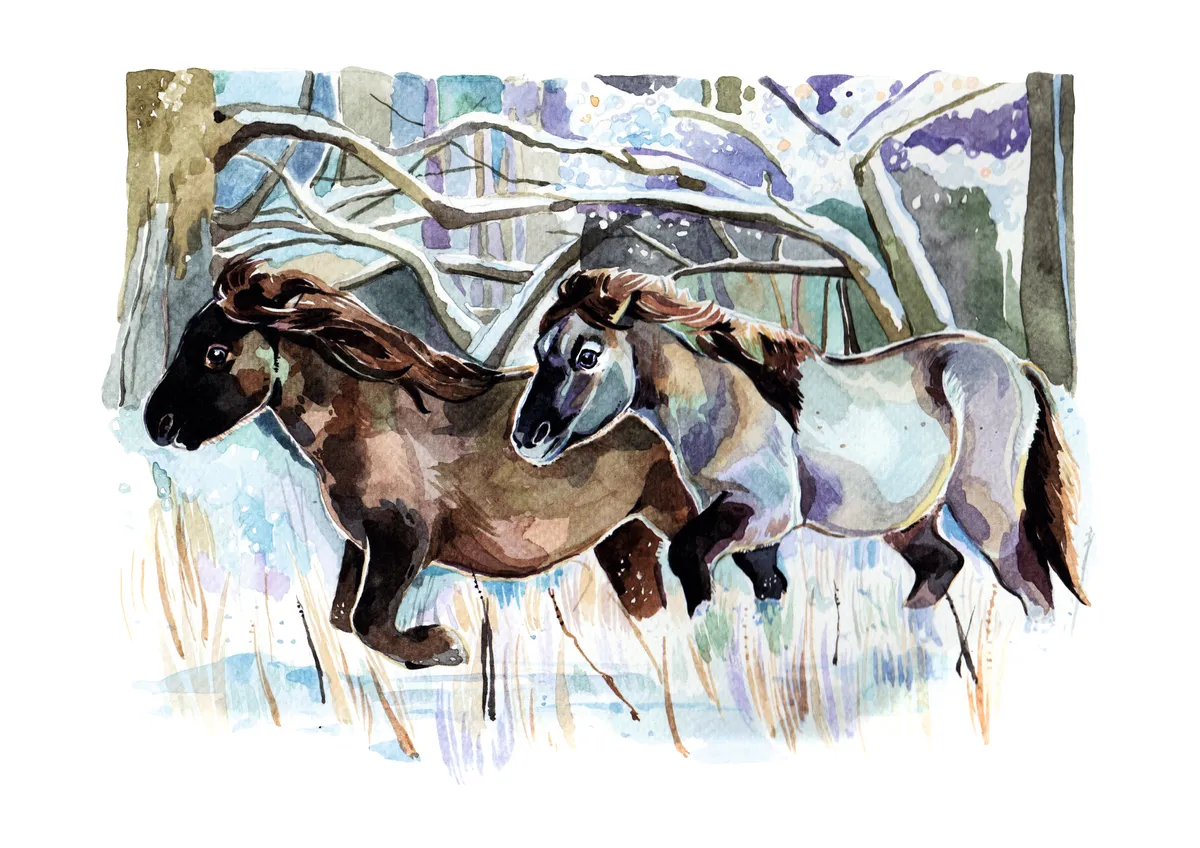
Where: New Forest, Hampshire
The origins of Britain’s native pony breeds are shrouded in mystery. But we know that they were first tamed over 2,000 years ago, so the sight of New Forest ponies roaming commons, heaths and woods provides a living link with our Celtic past. Like other free-living ponies on Exmoor, Somerset’s Quantock Hills and parts of Cumbria and Wales, these are stocky beasts that grow thick winter coats and flourish on rough grazing.
About 5,000 ponies are found across the New Forest. Watch them from the roads around Beaulieu and Beachern Wood, not far from Brockenhurst village. Keep an eye out for stonechats and fallow, red and roe deer, too.
Roosting rooks
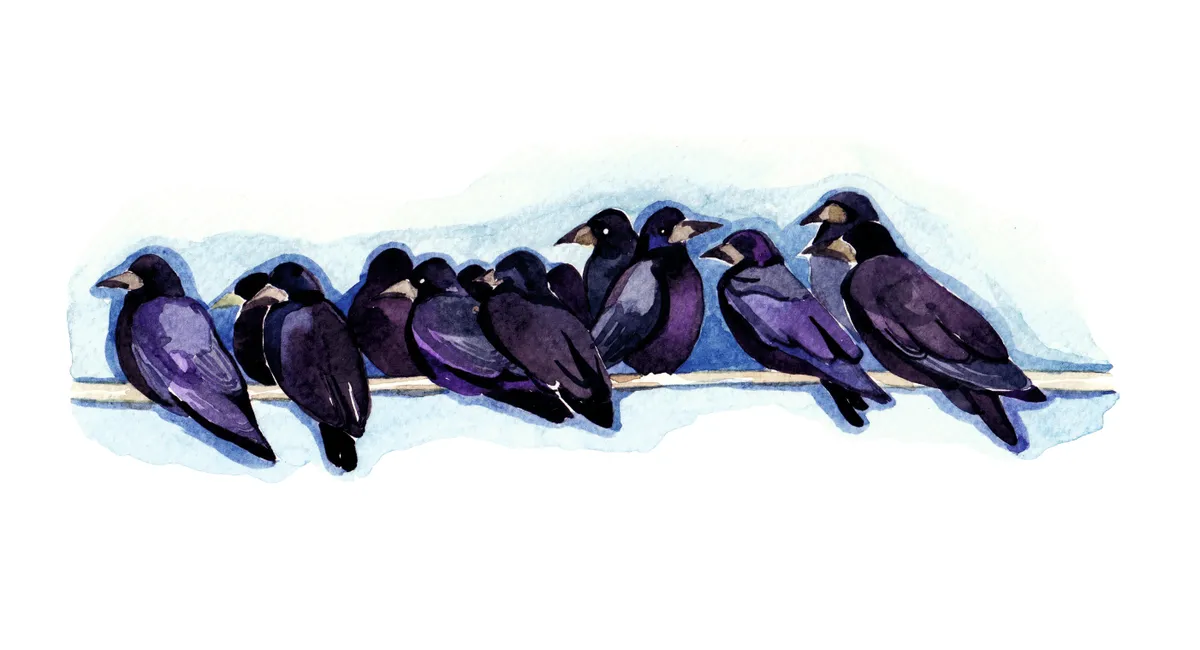
Where: Yare Valley, Norfolk Broads
Few British birds are as sociable as rooks, which nest colonially and, outside the breeding season, roost en masse. One of their largest dusk assemblies takes place at Buckenham Carrs, a private wood north of the River Yare in Norfolk, where a black torrent of up to 50,000 rooks streams into the leafless treetops from the surrounding countryside.
Naturalist Mark Cocker describes the spectacle as an “oceanic roar of corvids”. It’s best experienced from the platform at Buckenham Station: when observers venture closer, Cocker says, the rooks drop straight into the trees without staging their aerial ballet.
Red squirrels
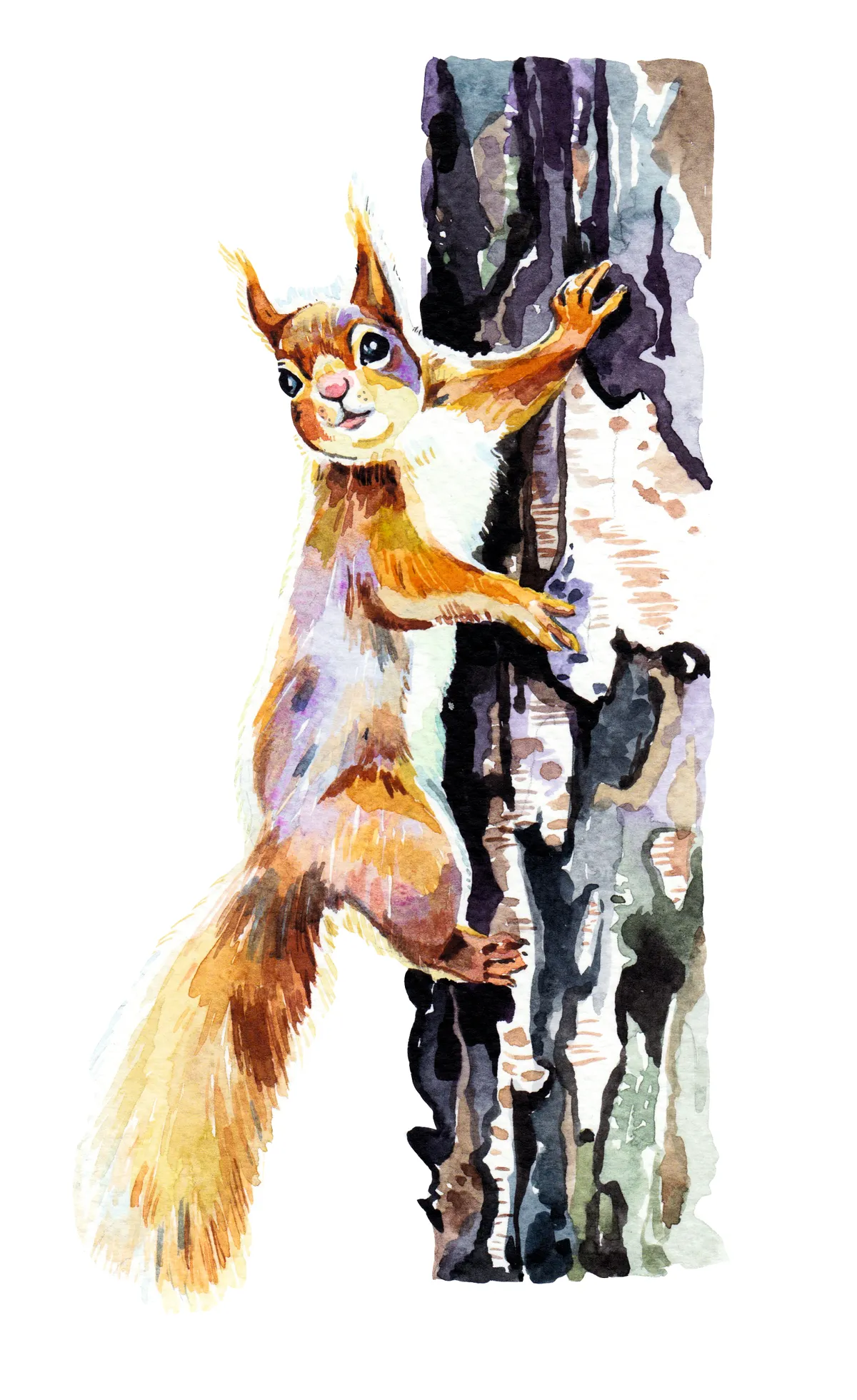
Where: Kielder Forest, Northumberland
Our much-loved ‘Squirrel Nutkin’ is at last staging a comeback in northern England, and the vast Kielder Forest is a major stronghold, supporting a flourishing population. On a stroll through the forest you may hear chattering and glimpse flashes of fiery russet among the sitka spruce – February is the squirrels’ mating season, when males chase potential partners.
But to boost your chances of an encounter, settle into the hide at Leaplish Waterside Park, where the seedfeeders often attract squirrels. Or visit the cosy café in the old hunting lodge at Kielder Castle, where a monitor shows live images of red squirrels visiting feeders by the Duchess walking trail in nearby woods.
Main image: Red squirrel feeding on a tree branch in winter in Scotland, UK. © Getty
